AIDO BLOG
Choosing the Perfect Door Hardware 5 Key Factors You Need to Know
In any given area, the importance of door hardware should not be overlooked neither in functionality nor in beauty. When door hardware is chosen carefully, it can improve interior design and security while also improving the overall atmosphere and safety of any area.
Below are five major aspects to look at while selecting door hardware, and some other points that will aid you to make the right choices.

1. Style and Design
The style and design of your door hardware should be put together in a way, which will suit the entire theme of the building itself whether it is a home or an office. Consider the following points to ensure a cohesive look:
- Complementing your decor: The door hardware should match the overall style of your home. For example, sleek and minimalistic designs work well in modern spaces, while traditional styles with intricate details are ideal for classic interiors. Evaluate other design aspects present in your space, including wall color, furniture, and other elements to avoid dissonance.
- Color coordination: When choosing door hardware, consider how the color and finish interact with both the door and surrounding decor. Popular finishes like oil-rubbed bronze, satin nickel, or matte black can complement a wide range of styles, enhancing the overall aesthetics. Pay attention to the decor to ensure the hardware not only fits the door but also ties in seamlessly with the room’s design.
- Trends vs. timelessness: Current fashions may be all the rage or look very appealing but one should be cautious and try to go for styles that are not bound by time. A timeless design can add value to your home and won’t feel outdated in a few years.
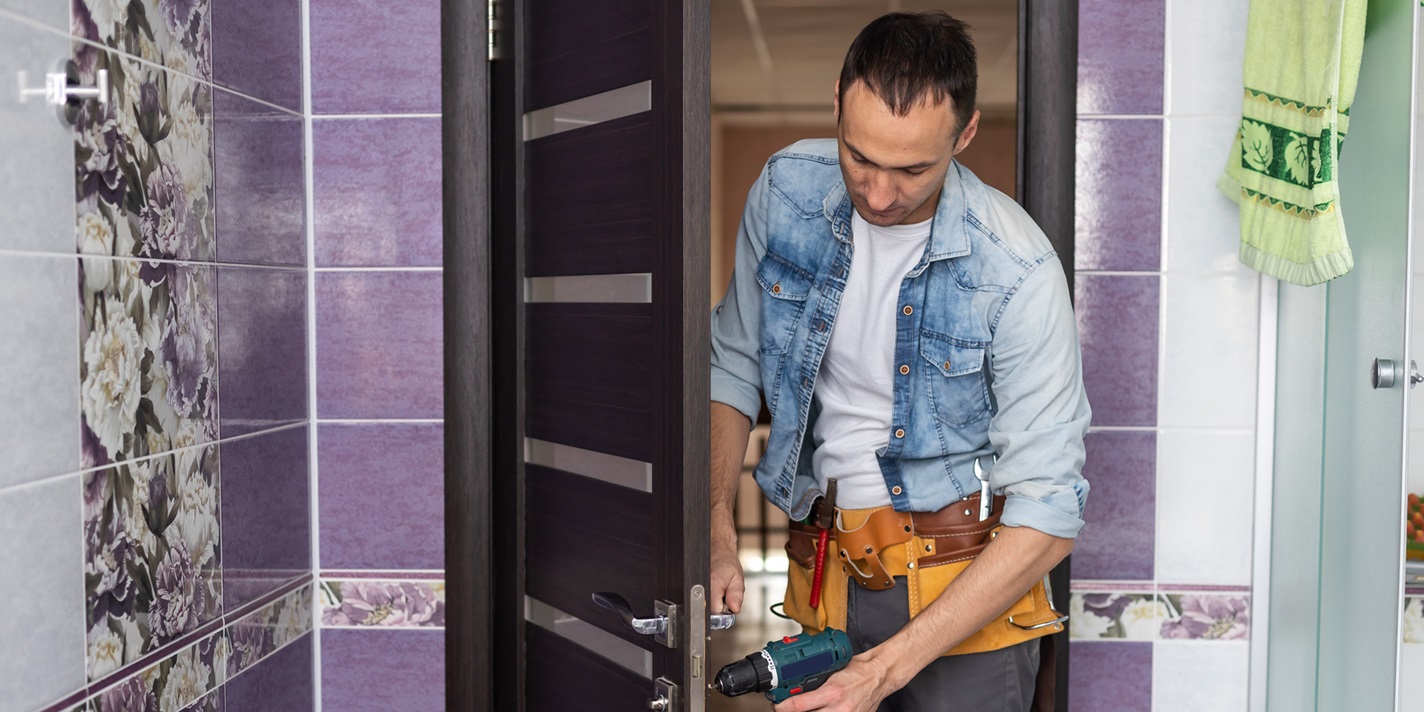
2. Functionality and Use
Understanding how the hardware will be used is essential in making the right choice. Here are some factors to consider:
- Type of door: Different doors require different types of hardware. For instance, interior doors typically use simpler knobs or levers, while exterior doors may require more robust locks and deadbolts for security. Other, more complicated types of doors, like sliding or pocket doors, have standards and hardware that adapt to their designs. The hardware selected must fit accurately with the intended purpose of the doors.
- Security features: Safety should come first, more so, for outer doors. It is advisable to consider the presence of deadlocks, smart locks, and even reinforced strike plates. Further, security devices, doorbells, and other conveniences can also be combined with door hardware to give additional security.
- Ease of use: Strive to make the hardware inclusive for every intended user, including children and the elderly. For some people with limited hand strength, lever-type handles might be more convenient than the standard knob-type handle.
3. Material Matters
When choosing door hardware, one crucial element to take into account is the substance or materials utilized in its functional and decorative designs in order to get the intended longevity and attractiveness. These are the basic types of materials, their properties, and the effect of the similar factors on your decision:
- Stainless steel: Its strength and defense against rust and corrosion make stainless steel an ideal material for door hardware components fitted on both exterior and interior doors. Additionally, stainless steel is often available in various finishes, from polished to brushed, allowing for greater design flexibility.
- Brass: Brass has long been a popular choice for door hardware due to its durability and classic appearance. Over time, brass develops a natural patina that many find appealing and luxurious. In addition, these brass fittings make them very suitable for hygienic protection where such doors are common – everyday occupancy.
- Bronze: Bronze is yet another classic favorite that provides warmth and richness. Like brass, it changes over time adding beauty to it. It is extremely durable and corrosion resistant which makes it ideal for outdoor fittings.
Consider the environment: In case of exposure to extreme weather conditions, use only those materials that are made specifically for the outdoors. For instance, marine-grade stainless steel is excellent for coastal areas where salt and humidity can accelerate corrosion. Furthermore, think about how the selected material will resist in your region; for example, some coatings will change color or wear off faster in areas exposed to a lot of sunlight.

4. Sizing and Fit
Ensuring that you have the appropriate size and fit for your door hardware will contribute to both functionality and appearance. Here’s what to keep in mind:
- Standard measurements: Make sure to know the appropriate sizes of the door hardware to avoid being mismatched. In most cases, a majority of doorknobs and levers can fit into the existing door preparations but it’s recommended to confirm the dimensions, especially before making any purchases.
- Compatibility: If you are replacing existing hardware, check for compatibility with your door’s existing holes and preparations. As an alternative, if any alterations have to be made, it is recommended that a professional be employed to find a proper solution to the problem. This can save time and prevent damage to your door.
- Installation considerations: Some hardware tends to be more user-friendly while installing and fitting it on the door than others. Installation of such hardware may be hard and therefore you may need to hire someone professional, which can be an additional cost on top of the budget.
5. Budget Considerations
There is no denying that your available resources will have an impact on the choices you make. There are several methods for working around the limitations of the cost set:
- Quality vs. cost: While it may be tempting to go for the cheapest option, investing in quality hardware can save you money in the long run. Good quality often means lower replacements which means less cost over time.
- Consider long-term value: When budgeting, think about the long-term value of your investment. Balance the initial costs incurred with the benefits that would arguably be enjoyed in the future duration, especially in respect of preservation and replacement expenses.

6. Additional Considerations
In addition to the five main factors, it is also good to note some other things to consider when choosing door hardware:
- Maintenance requirements: Different materials require different levels of maintenance. For instance, brass hardware requires regular polishing to maintain its brightness but stainless steel does not require so much care. Choose materials that align with your willingness to perform maintenance and consider how often you want to clean or replace your hardware.
- Manufacturer reputation: It is good to study the brands and manufacturers of the item one is going to buy. Reading reviews and seeking recommendations can also guide your choices. Consider those with good reviews concerning their durability and designs.
- Lifestyle preferences: In the final analysis, selecting door hardware should reflect your style and preferences. Don’t hesitate to mix and match styles and finishes if it aligns with your vision for the space.
Choosing the perfect door hardware involves considering materials, style, functionality, sizing, and budget. These factors, if scrutinized, will assure that your choice will enhance the aesthetic beauty and the security of your space. Done wisely, your hardware will act as of great use but also will fit perfectly as an ornamental feature of your residence.
Investing in the right door hardware is a small but significant step toward elevating your space’s design and functionality. It doesn’t matter if you are doing renovations, new construction, or just changing the old decorative hardware, your decisions will persist through time. Happy decorating!
Also read, The Importance of High-Quality Door Hardware in Home Renovations
Recent Posts
-
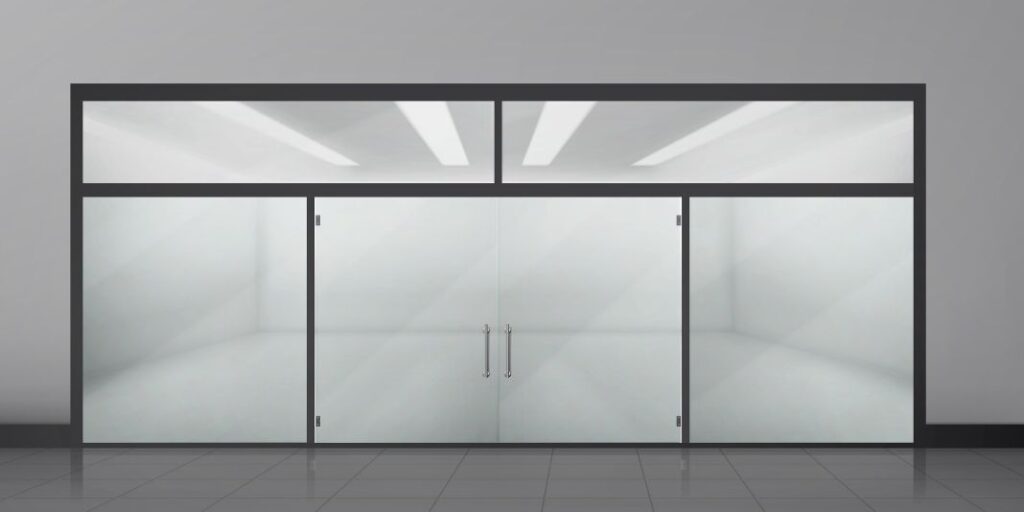 Why Floor Spring Door Closers Are Ideal for Glass Doors
Why Floor Spring Door Closers Are Ideal for Glass Doors -
 The Role of Patch Fittings in Enhancing Glass Safety and Security
The Role of Patch Fittings in Enhancing Glass Safety and Security -
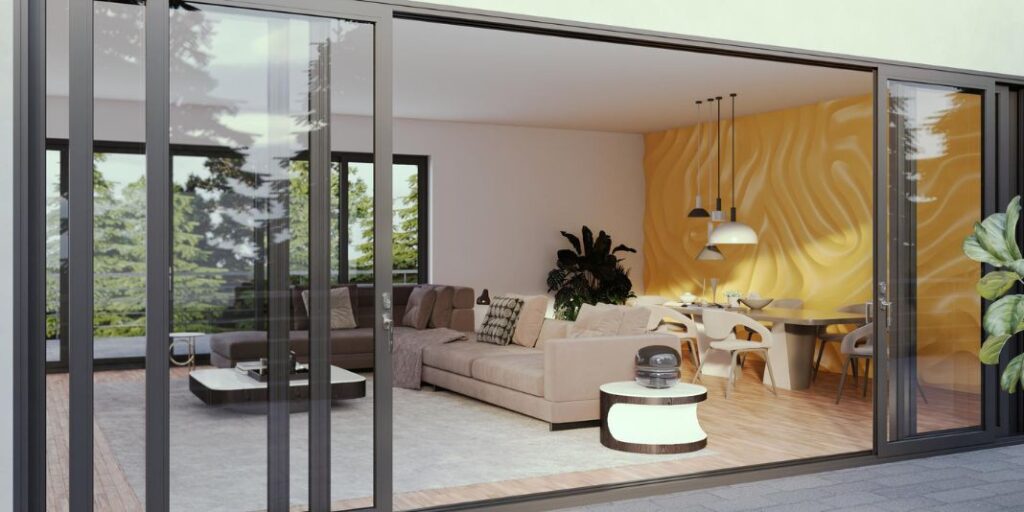 Benefits of Wall-Mounted Glass Doors for Modern Interior Design
Benefits of Wall-Mounted Glass Doors for Modern Interior Design -
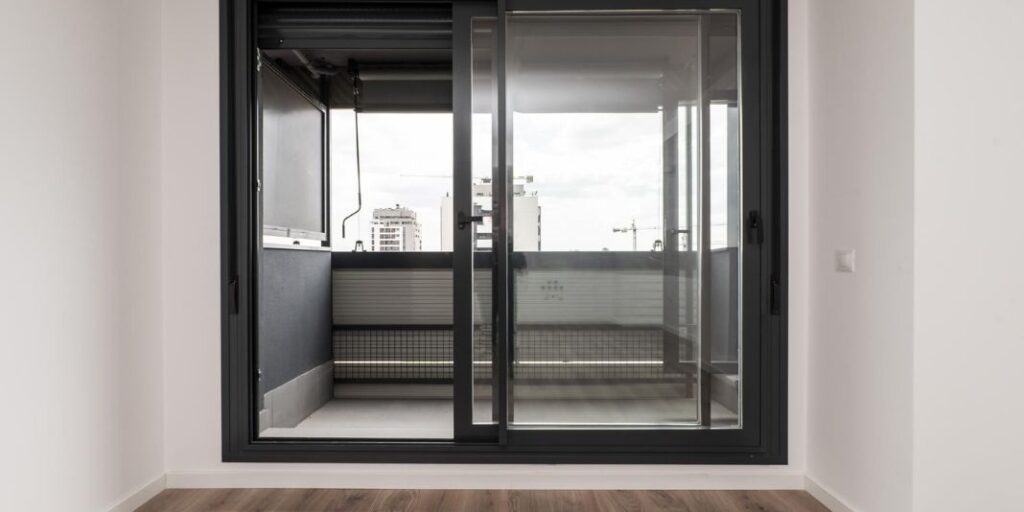 Important Factors While Choosing Door Hardware - Quality, Security, or Style
Important Factors While Choosing Door Hardware - Quality, Security, or Style -
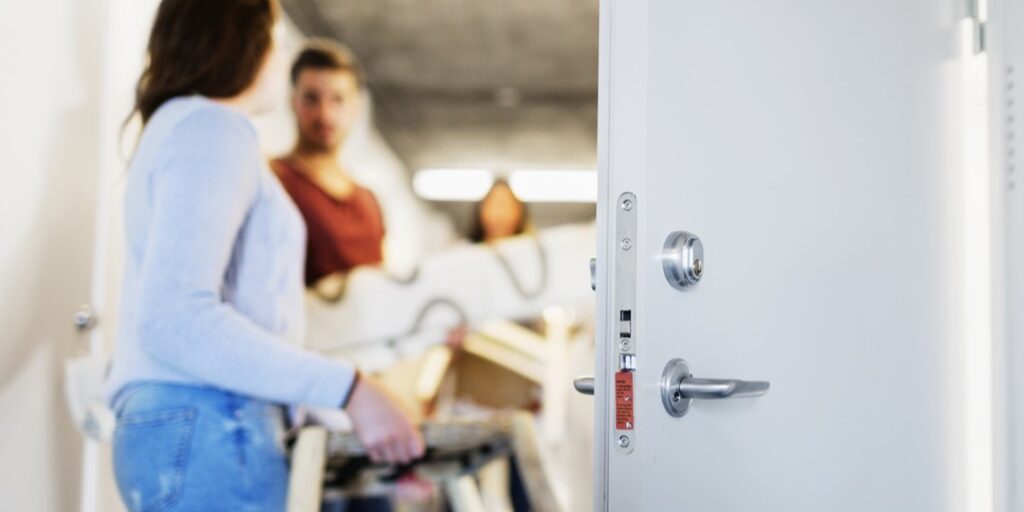 The Importance of High-Quality Door Hardware in Home Renovations
The Importance of High-Quality Door Hardware in Home Renovations
About Us
AIDO by dormakaba is dedicated to delivering door hardware solutions tailored to the evolving needs of Indonesia’s dynamic landscape. Supported by dormakaba, a renowned global brand with over 150 years of expertise in access and security solutions.
- Jl. Ciputat Raya No.335, RT.2/RW.7, Kebayoran Lama Utara, DKI Jakarta 12240, Indonesia

